Equestrian riding, sometimes known as horseback riding, is a fulfilling hobby and sport that allows you to connect with horses while improving your riding abilities. If you’re interested in learning how to become an equestrian rider, this comprehensive guide will provide you with all the key steps and considerations.
Answering the Question Concisely
Becoming an equestrian takes commitment, hard work, and a true passion for horses. The first step is taking riding lessons from a qualified instructor who can teach you proper riding techniques and safety. As your skills progress, you'll need to purchase riding gear and equip yourself with knowledge about horse care. Regular practice at a barn and entering amateur competitions will hone your abilities. You'll have to choose whether to specialize in a specific equestrian sport like show jumping, dressage, rodeo, racing, etc. To become a professional equestrian, you'll need to gain experience through working at barns, training with experts, and competing successfully at elite levels. The journey isn't easy, but with drive and dedication, you can learn how to become an accomplished equestrian rider.
Choosing the Right Horse and Taking Lessons
One of the first steps to becoming an equestrian is choosing the right horse to learn on. As a beginner, you'll want to find a horse that is calm, obedient, and tolerant of novice riders. Certain breeds like Quarter Horses, Morgans, and Arabians are generally suitable for new riders. Avoid young, excitable horses who may be too much to handle. Also consider the horse's size - shorter horses around 14-15 hands high are easier for beginners to mount and control.

Once you've found a suitable horse, it's essential to take lessons from a qualified riding instructor. Look for an instructor who is patient, encouraging and focuses on developing your fundamentals. In your first lessons, you'll learn essential skills like:
- Mounting and dismounting properly
- Balancing and gaining control at different gaits
- Learning basic commands for steering your horse
- Establishing proper riding posture and position
- Improving coordination between your body and the horse's movements
Taking regular lessons, about once or twice a week, will quickly build your confidence and skills under the guidance of your instructor. With consistent practice, you'll be able to control your horse at faster gaits like the trot and canter. Don't feel discouraged if you progress slowly at first - horseback riding has a steep learning curve but determination will pay off.
Gaining Horse Care Knowledge
While honing your riding abilities, you must also learn proper horse care to become a responsible equestrian. This includes:
Feeding and Nutrition: Horses require a balanced diet to stay healthy. Learn what nutrients horses need and how to select the right hay, grains, vitamins and feed according to your horse's needs. Establish regular feeding schedules.
Grooming: Daily grooming sessions bond you with your horse while keeping its coat and hooves clean. Brush its coat, pick out hooves, and maintain the mane and tail. Regularly clean equipment like saddles, bridles, etc.
Hoof Care: Hooves need regular trimming and possibly shoeing from a farrier. Look for signs like cracks, thrush or irregular wear that may indicate hoof problems.
Dental Care: Horses' teeth continue growing throughout their lives. A vet or equine dentist needs to "float" (file down) their teeth annually to prevent sharp edges.
Vaccinations: Consult your vet to determine what immunizations your horse requires and set up annual vaccine schedules. Common equine vaccines protect against tetanus, encephalomyelitis, influenza, rhinopneumonitis, rabies and strangles.
Parasite Control: Use dewormers to eliminate intestinal parasites which can cause weight loss and colic. Fecal tests by your vet will identify necessary deworming schedules.
Injury Prevention: Be vigilant for signs of injuries, illness or lameness which require prompt veterinary attention. Protect your horse's legs during exercise and stable them safely.
Learn your horse's regular temperature, pulse and respiration rates so you can recognize signs of colic and other ailments requiring emergency care. By becoming knowledgeable about all aspects of horse care, you'll be a responsible, safety-conscious equestrian.
Buying Riding Equipment and Attire
To ride safely and effectively, you'll need to invest in proper riding equipment fitted specifically for you and your horse:
Saddle - Choose between dressage, jumping or all-purpose saddles with the help of your instructor. English or Western styles reflect different riding disciplines. Your saddle must distribute weight evenly across your horse's back to avoid soreness.
Bridle/Headstall - The crownpiece should fit snugly to keep the bridle stable on your horse's head. Adjust the bit height to avoid jaw or tooth injuries.
Breastplate/Breast collar - Securely attach these to the saddle to keep it from sliding. Breast collars are essential for horseback riding activities like jumping or racing.
Reins - Select the right length to maintain control without restricting the horse. Western riders often use split reins while English riders hold both reins together.
Stirrups - Iron or alloy stirrups with wide treads provide stability for your feet and allow you to stay firmly in the saddle even when standing up. Adjust them to fit your leg length.
Pads - Saddle pads cushion your horse's back from the saddle's pressure and friction. Choose moisture-wicking fabrics that allow airflow.
Bits - The bit style significantly influences control and communication with your horse. As you advance, you may transition from simple snaffle bits to leverage or shanked bits.
Martingales/Tie-downs - These stabilize the horse's head position and prevent tossing which could lead to injuries. Consult your instructor before incorporating martingales into your equipment.
For attire, you'll need:
- Helmet - Provides crucial protection if you fall. Replace after any significant impacts.
- Tall boots - Prevents chafing and securely keeps feet in the stirrups.
- Breeches - Allows free movement. Full-seat breeches provide extra grip.
- Gloves - Enhances your rein hold and protects from blisters.
- Socks - Moisture-wicking, non-slip socks help avoid blisters.
- Safety vest (optional) - Offers padded protection when jumping or galloping at speed.
With the right equipment, you can ride safely as you develop into an experienced equestrian. Don't cut costs on subpar gear that could jeopardize your safety.
- Also read: How much does equestrian cost? The Complete Guide to Equestrian Expenses
Regular Practice and Amateur Competitions
Once you've honed fundamental riding skills through consistent lessons, the next step is regularly practicing on your own to cement your abilities. Leasing or owning a horse can allow you to ride frequently for solo training. However, it's still wise to take occasional lessons to correct any bad habits that may develop.
Ideally, you should ride 3-5 times a week for about 30-60 minutes per session. Set clear objectives to focus your practice on improving specific skills like attaining smooth transitions between gaits, jumping position, or dressage movements. Vary your riding terrain and environments so your horse becomes desensitized to distractions. Record your practices to track your progress over weeks and months.

As your proficiency grows, consider competing in amateur horseback riding competitions. Low-stakes local horse shows are great for first-time competitors to gain show ring experience. You'll become familiar with procedures like equine inspections, dress codes, and demonstrating skills for judges. This will help you refine showmanship and recover from any mistakes during performances.
More ambitious riders can enter recognized shows organized by equestrian organizations like the United States Equestrian Federation. Begin with walk-trot classes before advancing to canter or jumping divisions as your expertise allows. Competing against skilled equestrians will test and improve your abilities under pressure. Stay sportsmanlike, learn from each show, and set new goals. With dedication, you may progress from local novice shows to nationally ranked competitions.
Choosing an Equestrian Discipline
Once comfortable riding horses, you'll need to decide whether to specialize in a particular equestrian sport:
Show Jumping - Ride a course over obstacles without knocking them down. Tests boldness, precision timing, and communication with your horse.
Dressage - Perform predetermined movements demonstrating the horse's athleticism, flexibility, precision and responsiveness to aids. Focuses on harmony between horse and rider.
Eventing ‐ Combines dressage, cross‐country over solid obstacles, and show jumping multiple phases demand all‐around riding proficiency.
Rodeo - Fast-paced timed competitions like barrel racing demonstrate expert horsemanship at speed. Also includes roping events and bronc riding. Requires strength, reflexes and courage.
Endurance Riding ‐ Long-distance multi-day competitive trail rides test equine stamina and fitness. Riders need physical and mental endurance too.
Polo ‐ Fast-paced team sport involving ball passes on horseback. Tests riding skills, teamwork and rapid mallet swinging.
Horse Racing - Jockeys ride Thoroughbreds at top speeds around tracks. Being a professional track rider requires fitness, expert balance and split-second decision making.
Reining - Riders guide horses through precise patterns demonstrating slides stops, spins, rollbacks and circles. Judges technical merit and finesse.
Showing - Classes are judged on presentation, grooming and performance of desired gaits/manners in the show ring. Popular for refined events like equitation and hunt seat.
Select a discipline matching your strengths, preferences and available training. While developing specialized skills through coaching, don't neglect foundational riding abilities. Cross-training helps create a well-rounded equestrian.
Gaining Professional Experience
To become a professional-level equestrian, you'll likely need to get hands-on experience through working in the industry. Possibilities include:
Working Student - Some barns offer part-time positions allowing you to ride and train horses in exchange for manual labor like mucking stalls, grooming, feeding, etc. This gives valuable insight into horse care.
Apprenticing - Train under a professional coach or trainer who mentors you in specialized skills like show jumping or dressage. Apprenticeships let you assist at shows and during training sessions.
Exercising Racehorses - Galloping racehorses during morning workouts maintains their fitness. This role develops your confidence handling horses at high speeds.
Assistant Instructor - Shadowing a head instructor at a lesson barn introduces you to teaching beginning students. You'll deepen your understanding of riding theory, technique and safety.
Breeding and Training Assistant - Work at a top breeding and training farm to learn about selecting, breeding and preparing young horses for sale or show careers.
Jumping / Groom - At show barns, grooms care for horses and assist riders by setting jumps, taping, attending warmups and more. Valuable insight into show preparations.
Braiding Mane Specialist - Braiders are hired to intricately braid show horses' manes. Becoming an expert braider can make you a valuable show team member.
Take opportunities to learn from those succeeding in your desired equestrian field. Their guidance will prove invaluable when transitioning to professional-level riding and competition. Be polite, work hard, and make connections throughout the industry.
Also read: What is Equestrian Camping? A Complete Guide for Horse Lovers
Competing Successfully at Elite Levels
Gaining professional experience allows you to make the leap into competing at elite levels like Grand Prix show jumping or international dressage. Here are tips for competing successfully as an equestrian:
Obtain a Suitable Horse - Whether you own, lease or ride for an owner, your horse needs the temperament and talent for upper-level riding. Develop a strong bond through consistent training together.
Invest in Expert Coaching - Don't think you can succeed alone. Continually train with top coaches who can fine-tune your partnership and execution of advanced skills.
Strategically Choose Competitions - Pick shows suited to you and your horse's current abilities and confidence. Move up the levels gradually as your skills allow.
Intensely Prepare Both Physically and Mentally - Success requires you to be in peak physical shape with mental toughness to concentrate under pressure. Visualize your rides.
Warm Up Thoroughly - Don't rush into the show ring cold. Ensure you and your horse are properly loosened up and focused before performances.
Stay Focused in the Ring - Block out distractions. Keep your concentration sharply on the moment and the tasks at hand.
Recover Quickly From Mistakes - Don't let errors or refusals rattle you. Regroup and refocus to complete the rest of your ride strongly.
Review Your Rides - Analyze recordings to learn from your show experiences. Identify weaknesses to improve.
Improve Weak Areas Between Competitions - Use downtime to eliminate holes in your skills through additional training. Work closely with your coaches.
Properly Cool Down and Care for Your Horse - After your ride, walking and grooming prevents muscle stiffness. Check for any injuries that may require treatment.
With dedication and smart preparation, you can demonstrate your riding talents on the world stage. But stay humble, and always respect your equine partner.

Frequently Asked Questions
Q: How long does it take to become an equestrian?
A: It often takes at least 5-10 years of regular lessons, practice and showing experience before reaching professional-level skills. But with hard work and determination, you can make significant progress in 2-3 years.
Q: How much does it cost to become an equestrian rider?
A: Expenses like lessons, horse leases, equipment,ENTRY fees and travel make equestrian riding an investment. But joining a lesson barn's training program or working student opportunities can reduce costs. Budget $2,500-$5,000 annually as a recreational rider.
Q: What are some common injuries in equestrian riding?
A: Falling from horses is the #1 cause of injury. Wear protective gear and focus on safe riding. Other common injuries include sprains, strains, fractures, bruises and concussions. Maintain fitness and correct riding position to prevent muscle and joint pain.
Q: How old is too old to start riding horses?
A: You can begin riding at any age! While kids may pick up skills quickly, adults can become competent riders with proper instruction. Focus on mastering fundamentals and don't rush. Riding strengthens core muscles as we age.
Q: Can you make a career as a professional equestrian?
A: Yes, top competitors earn prize money during show circuits and clinics. But it takes years to gain expertise. Consider alternate careers involving training, teaching, equine therapy, barn management, veterinary work, etc.
Conclusion
Becoming an accomplished equestrian requires determination, sacrifice and an unyielding passion for horses. But forming a deep connection with your equine partner and progressing from beginner to competitive rider is tremendously rewarding. Set small goals, invest in quality instruction, and regularly practice fundamentals. You'll be amazed by the horsemanship skills you can gain with patience and persistence. Soon you may find yourself part of the equestrian community, doing what you love every day.





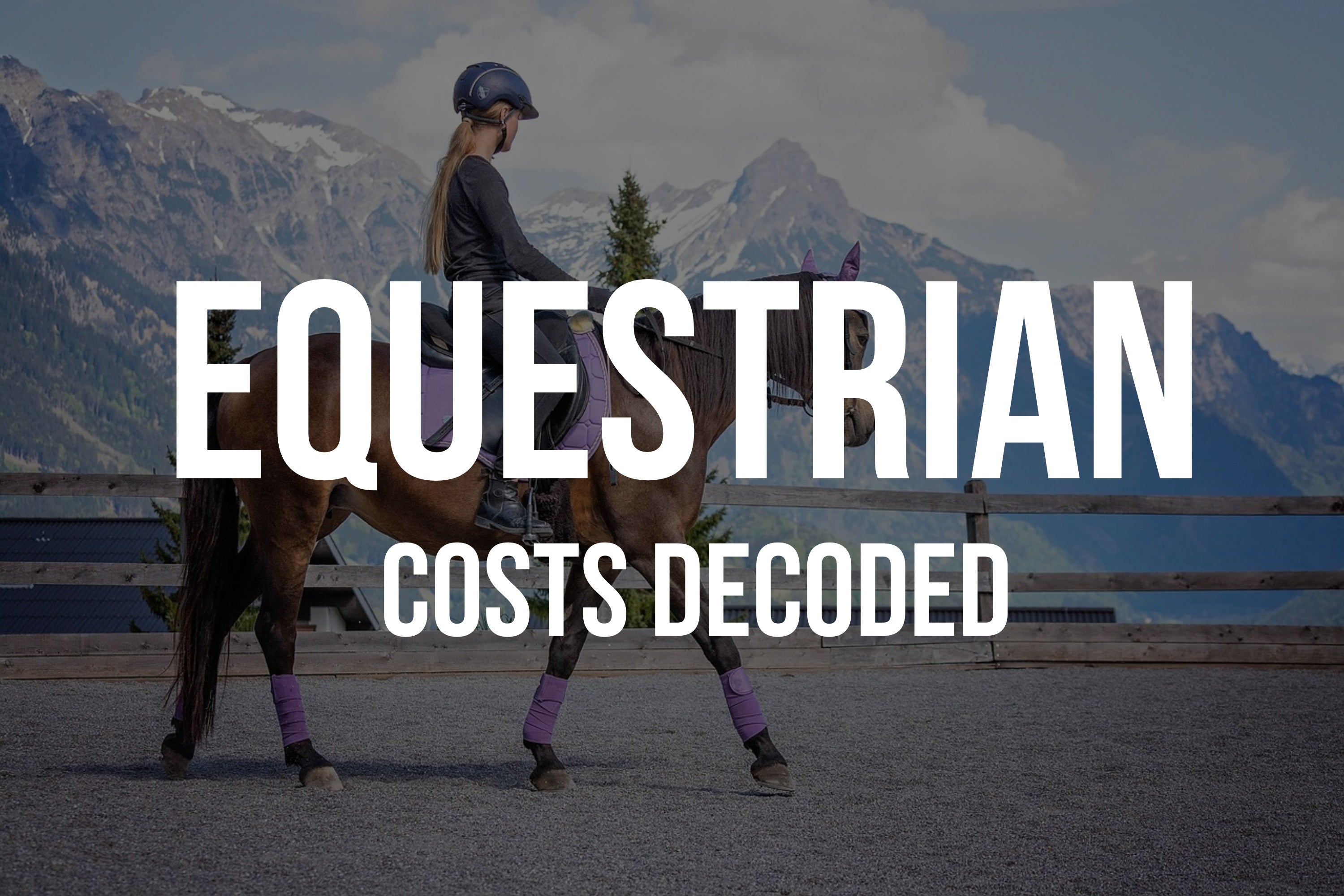
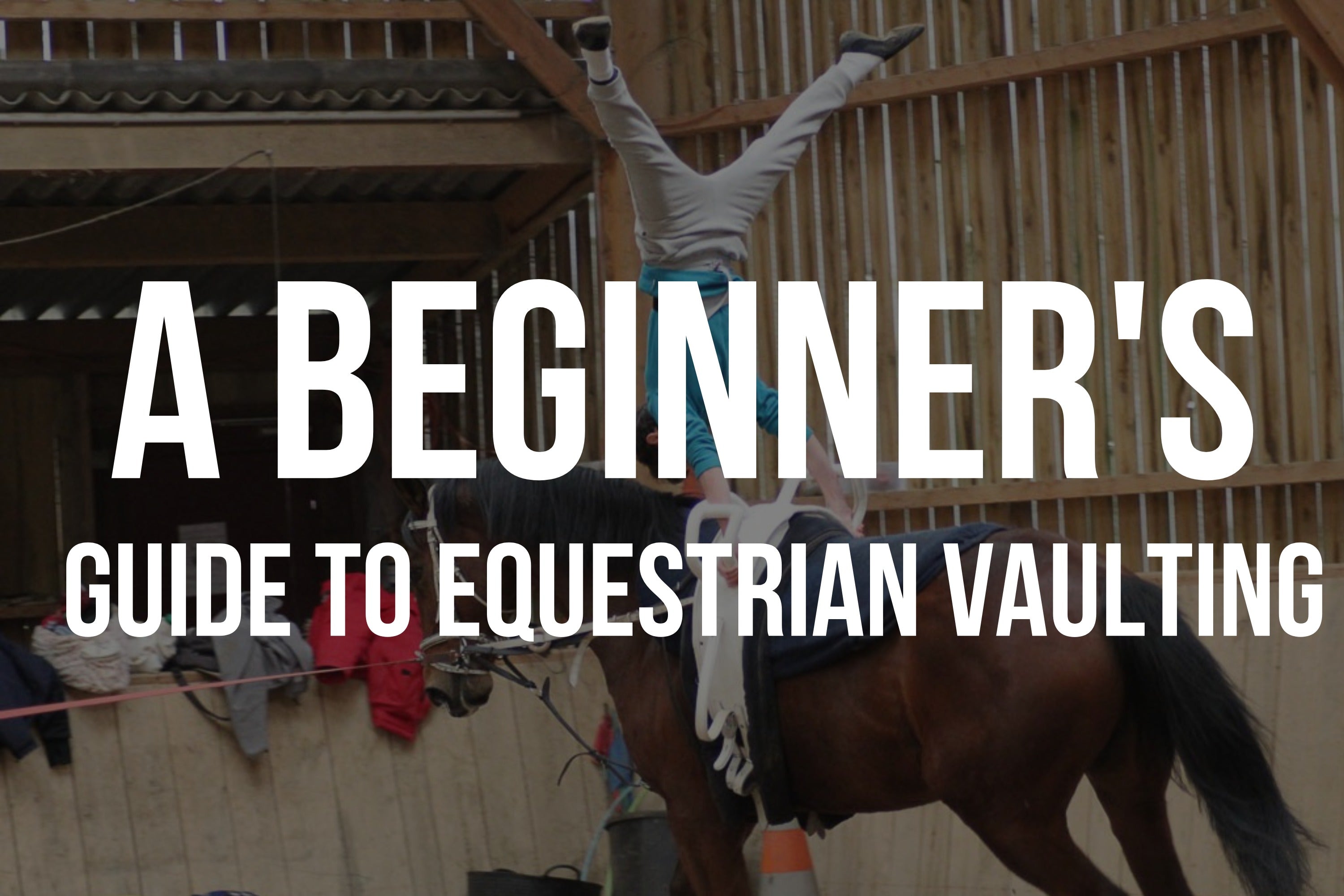
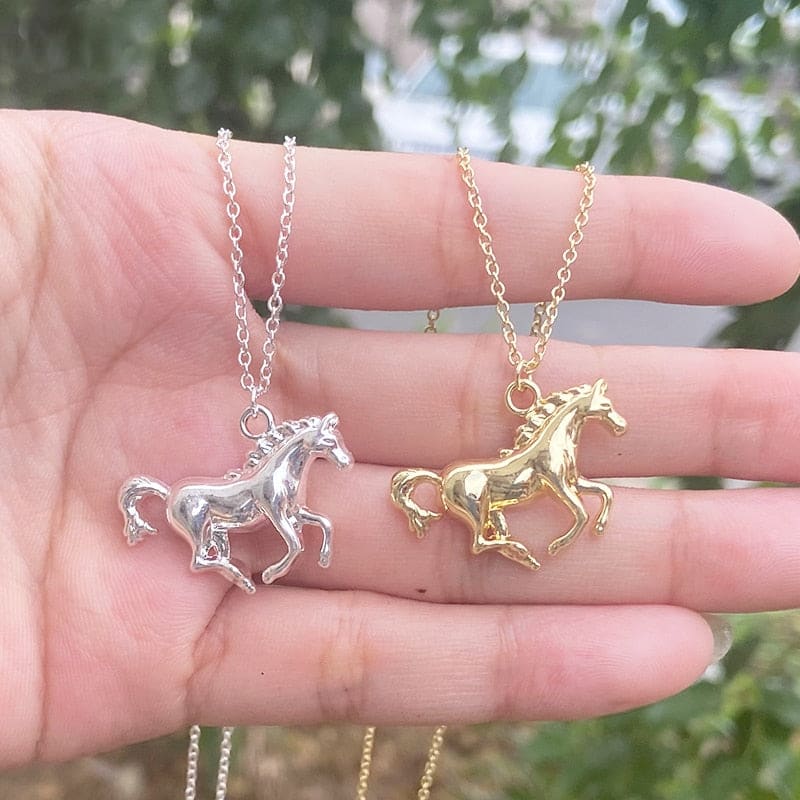
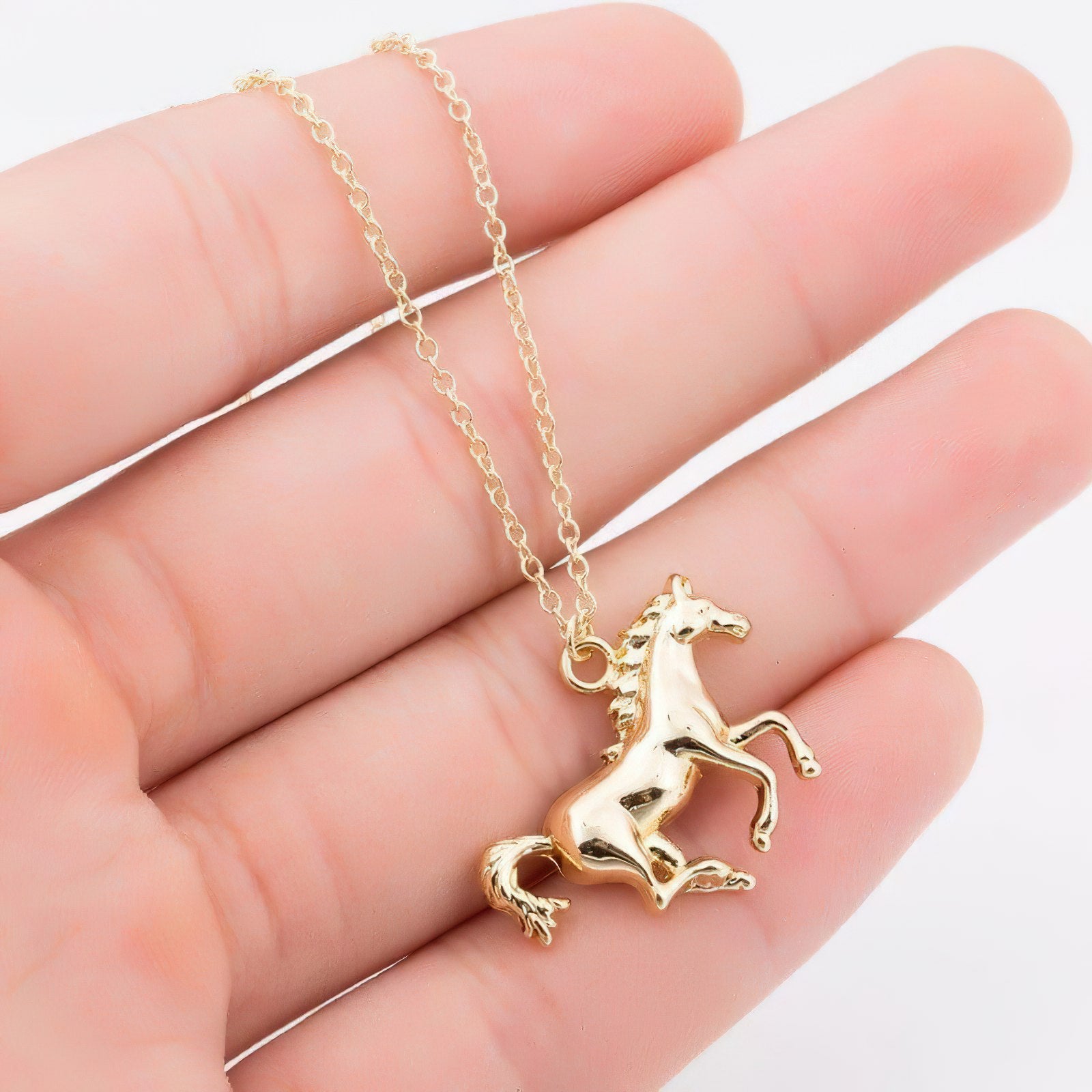

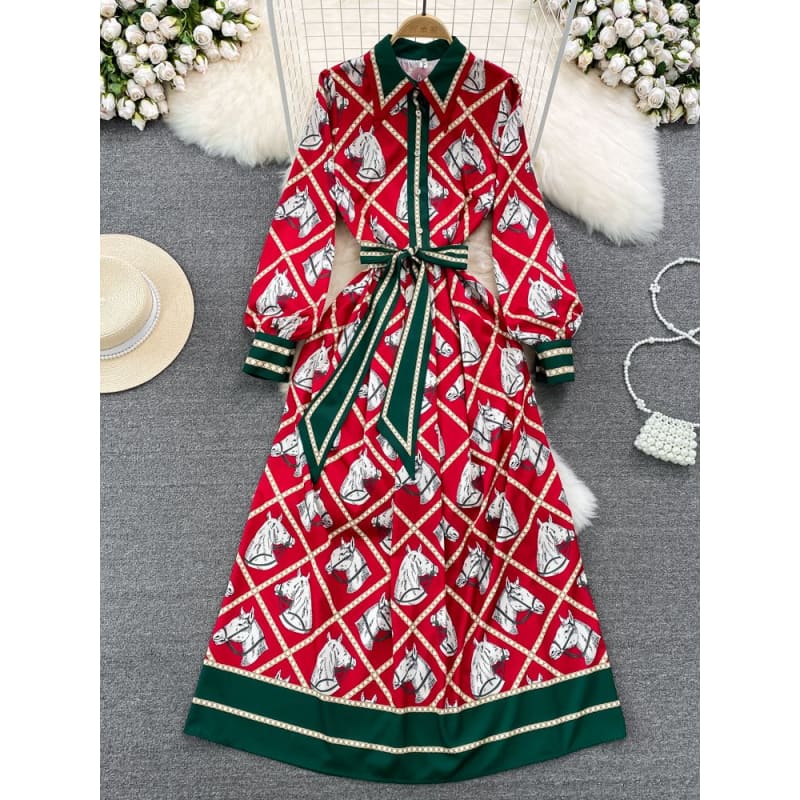
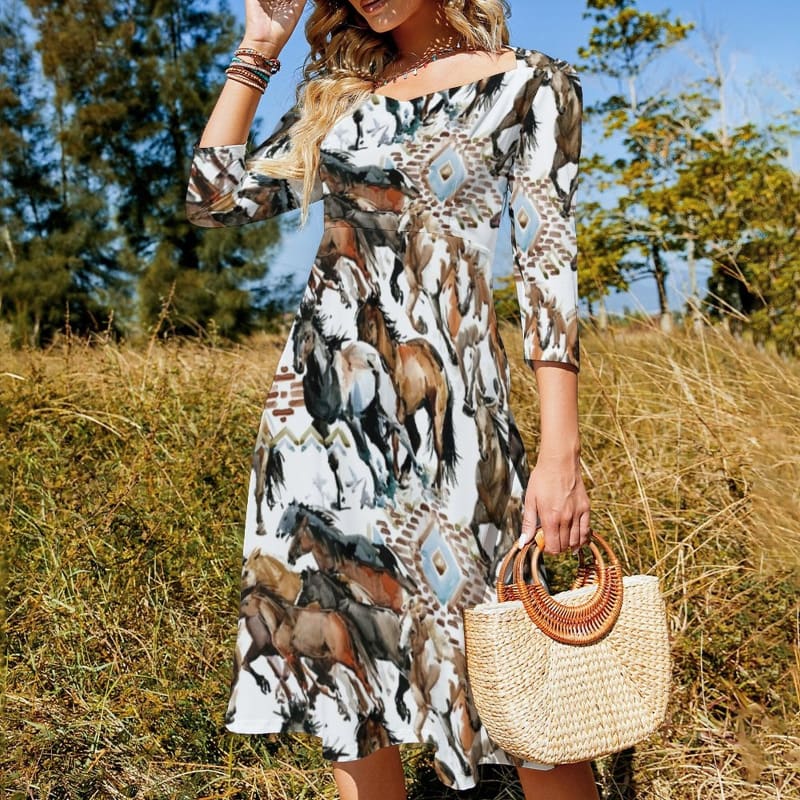



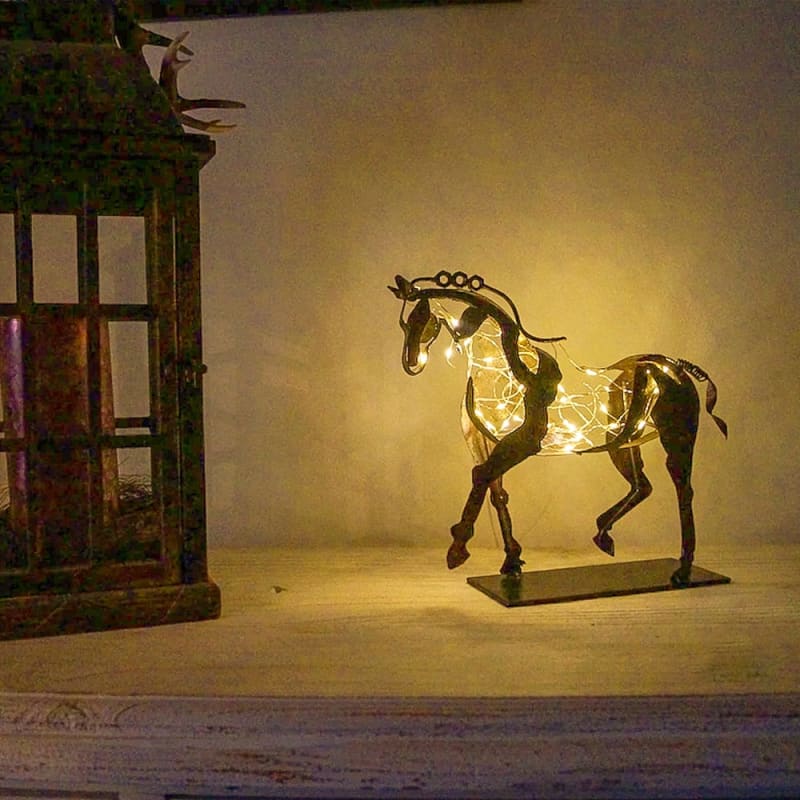

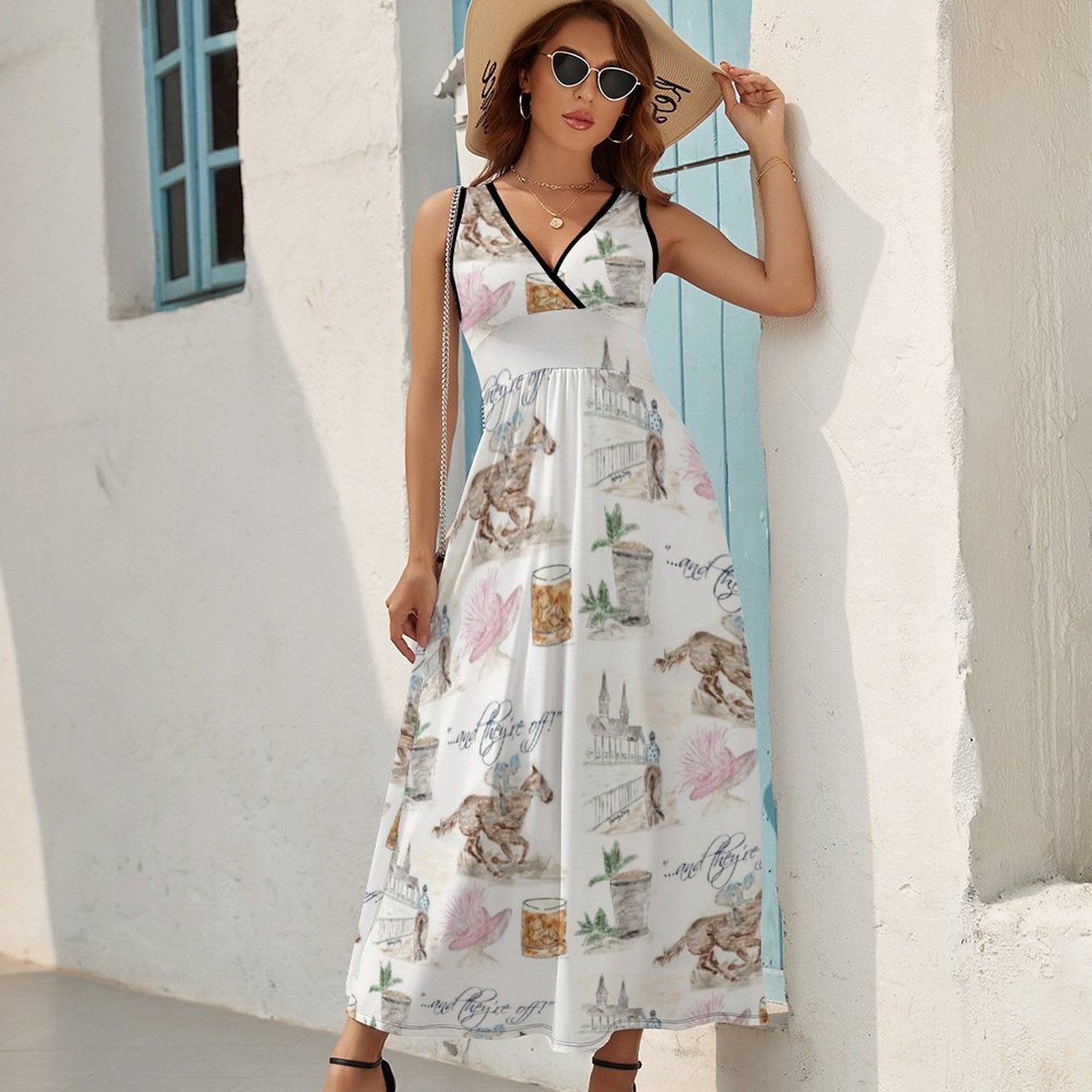
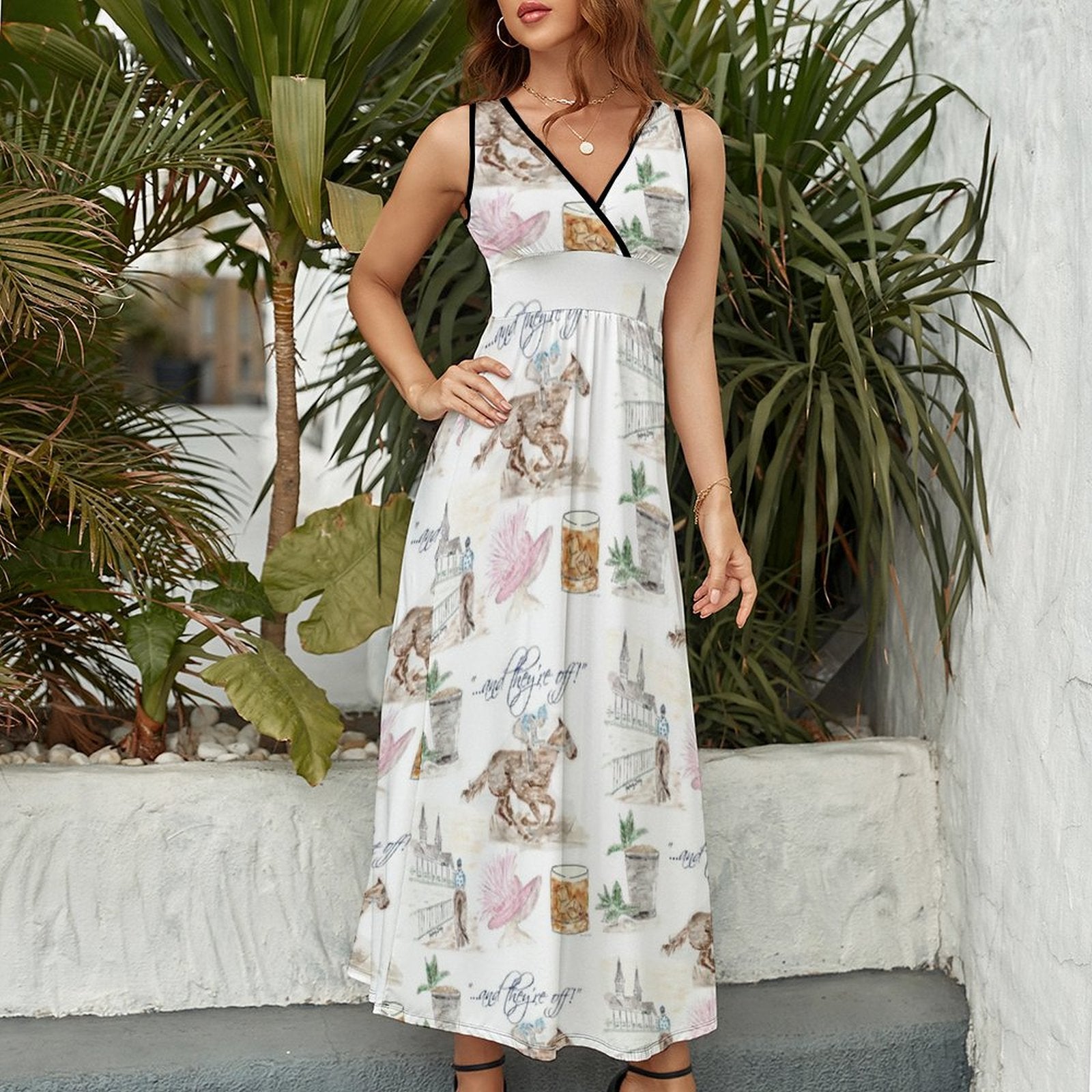

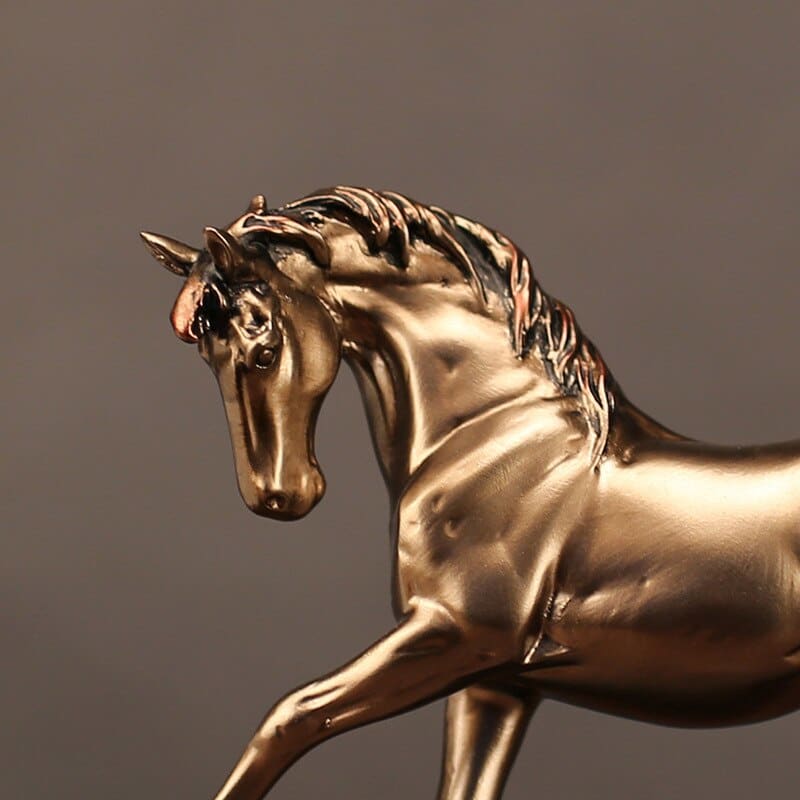
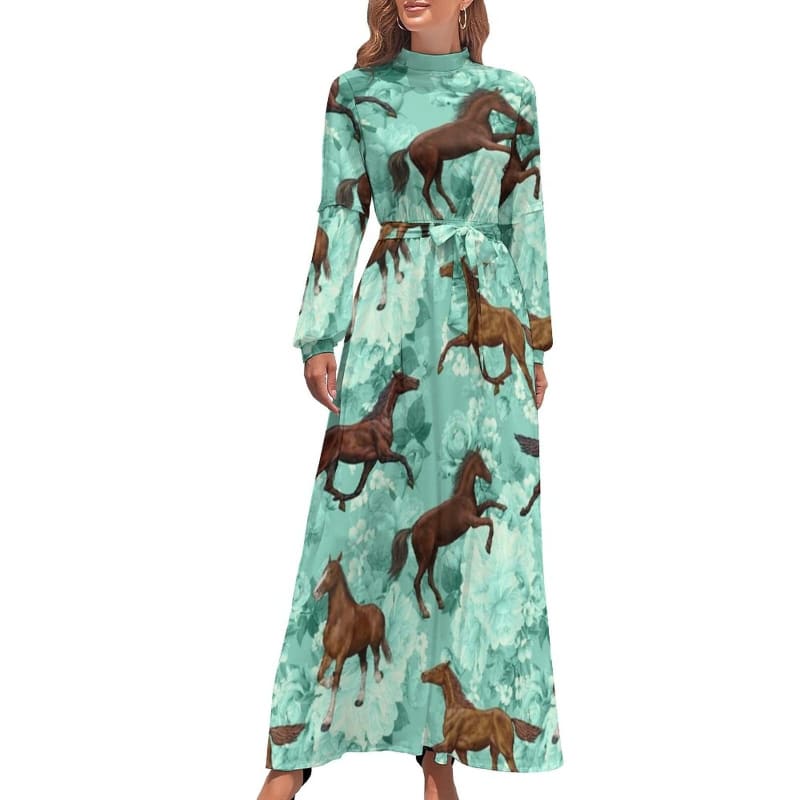
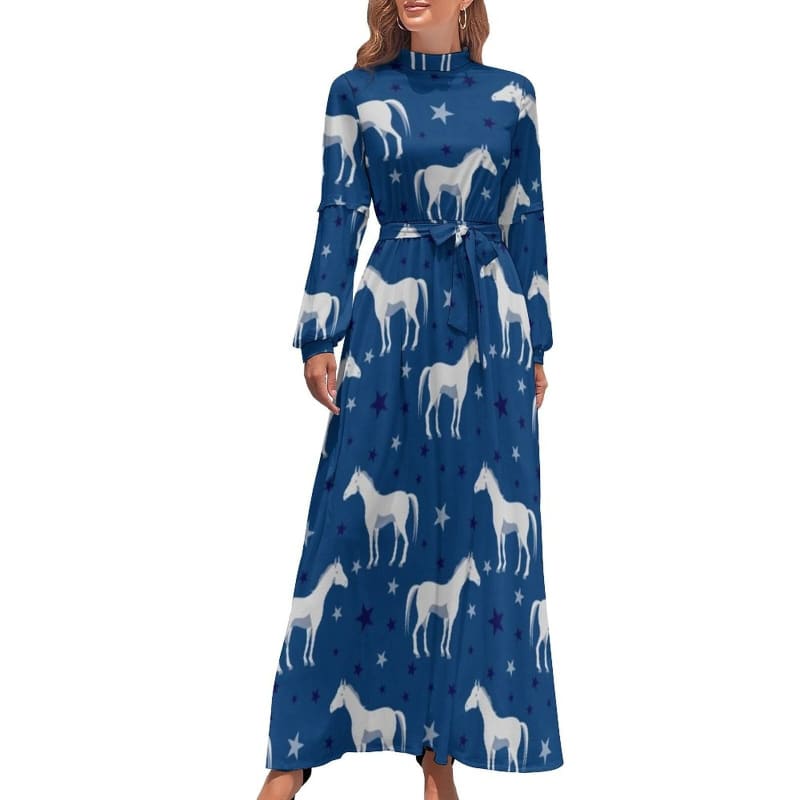


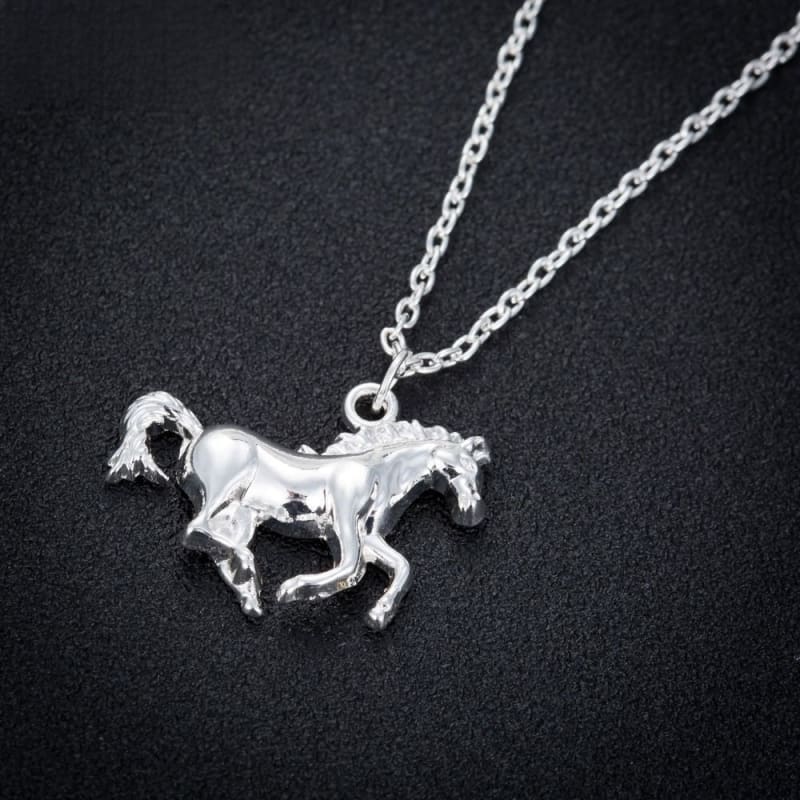
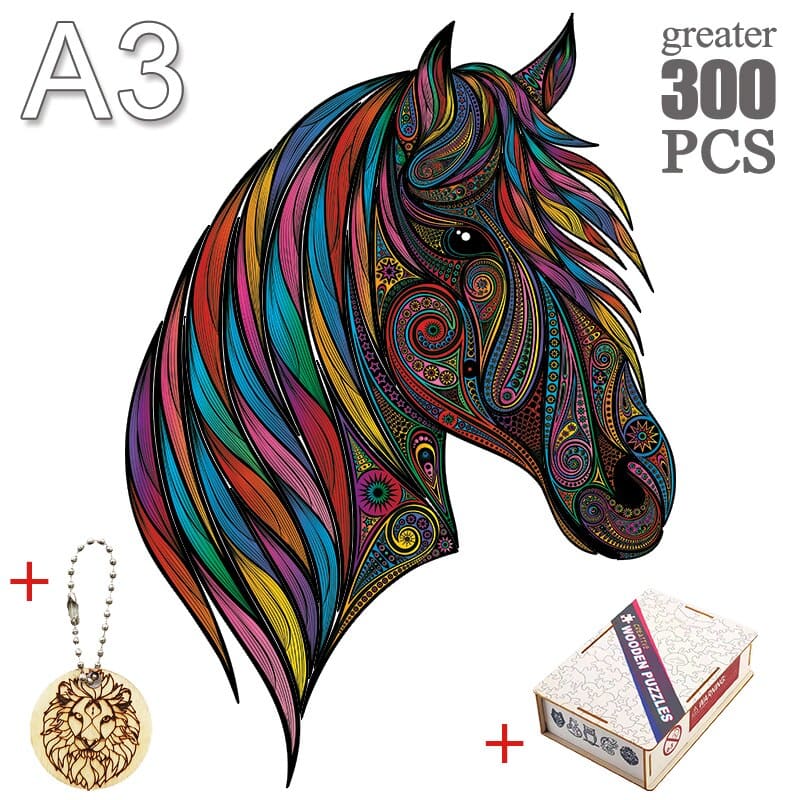

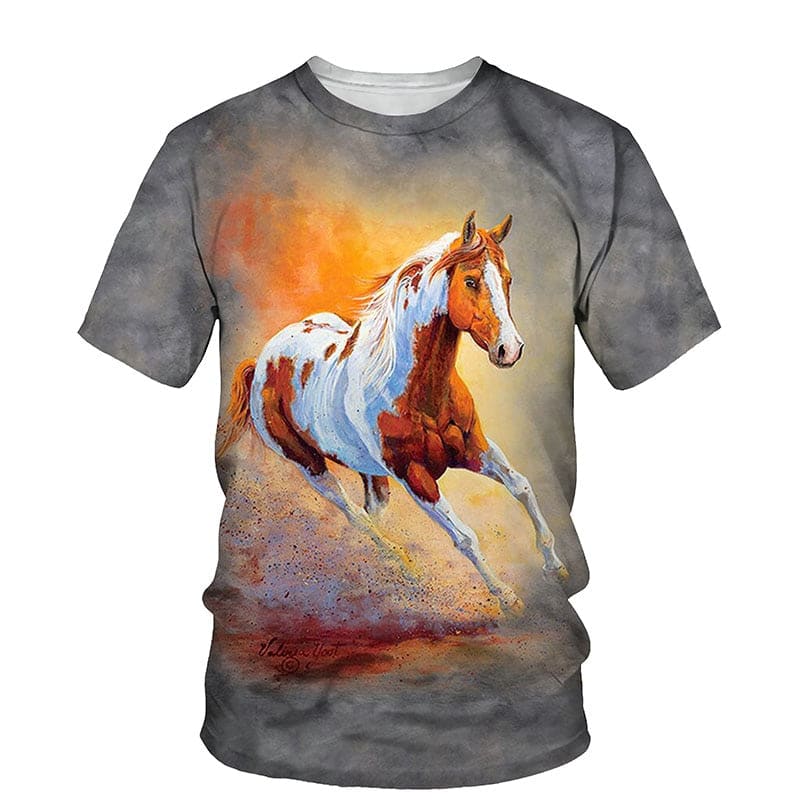


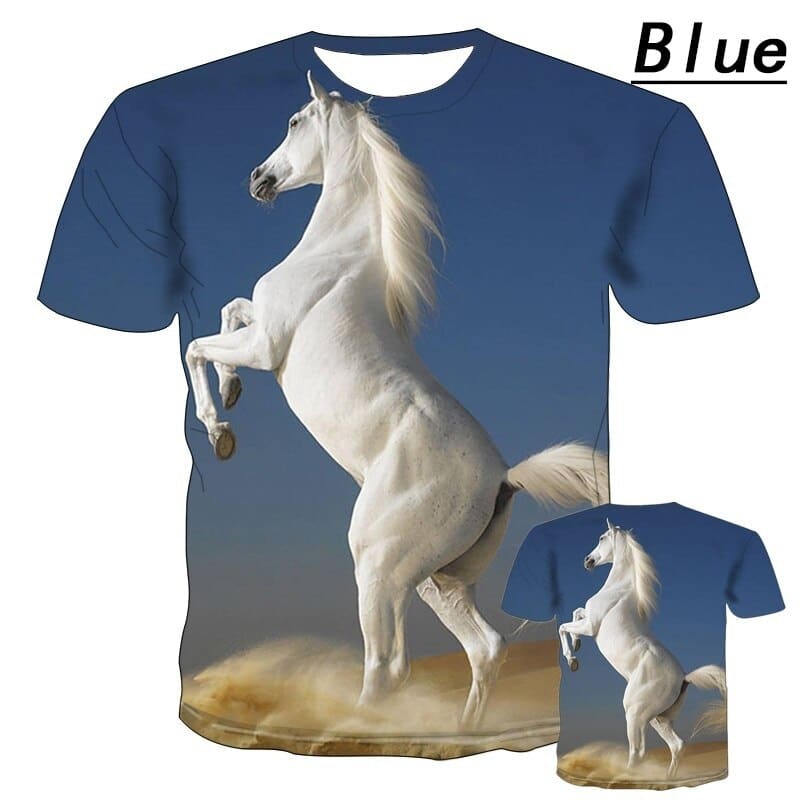
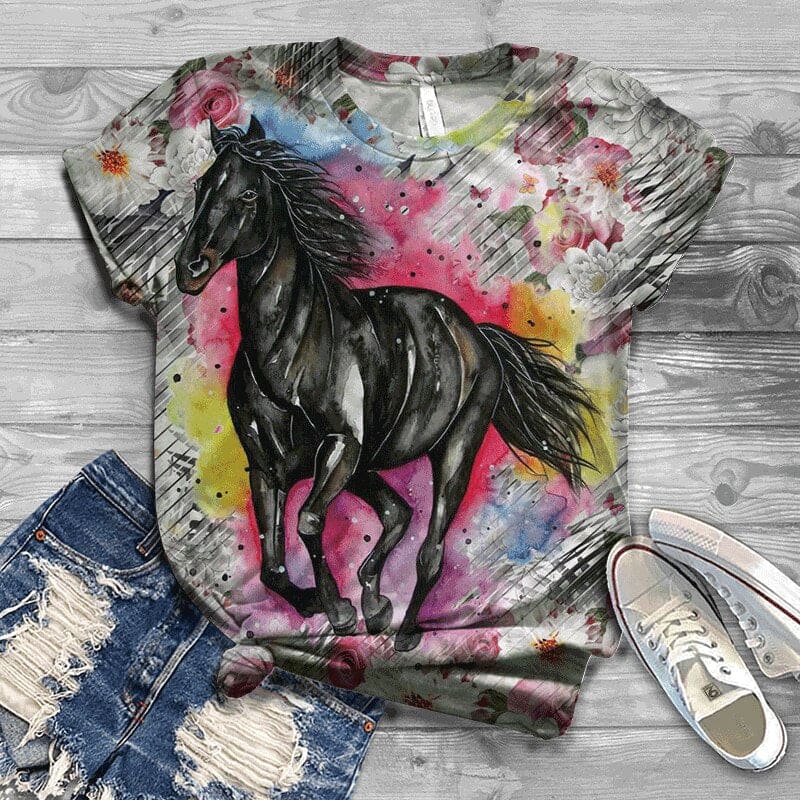

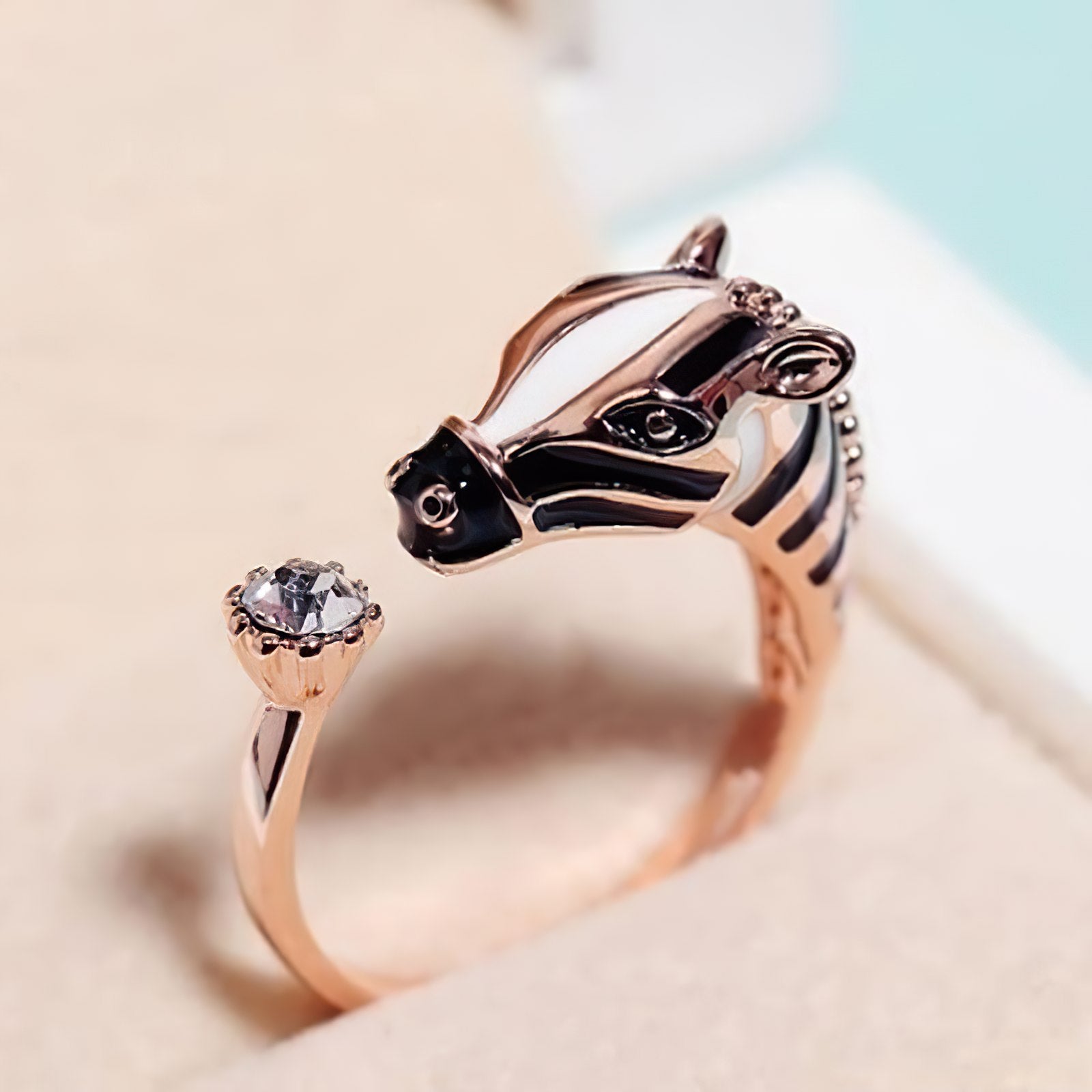


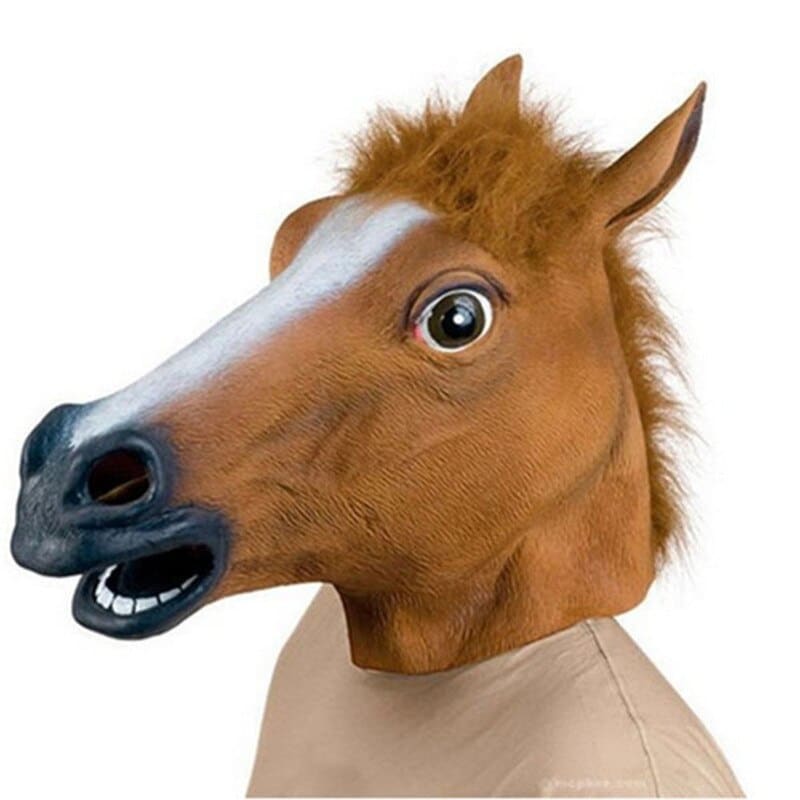

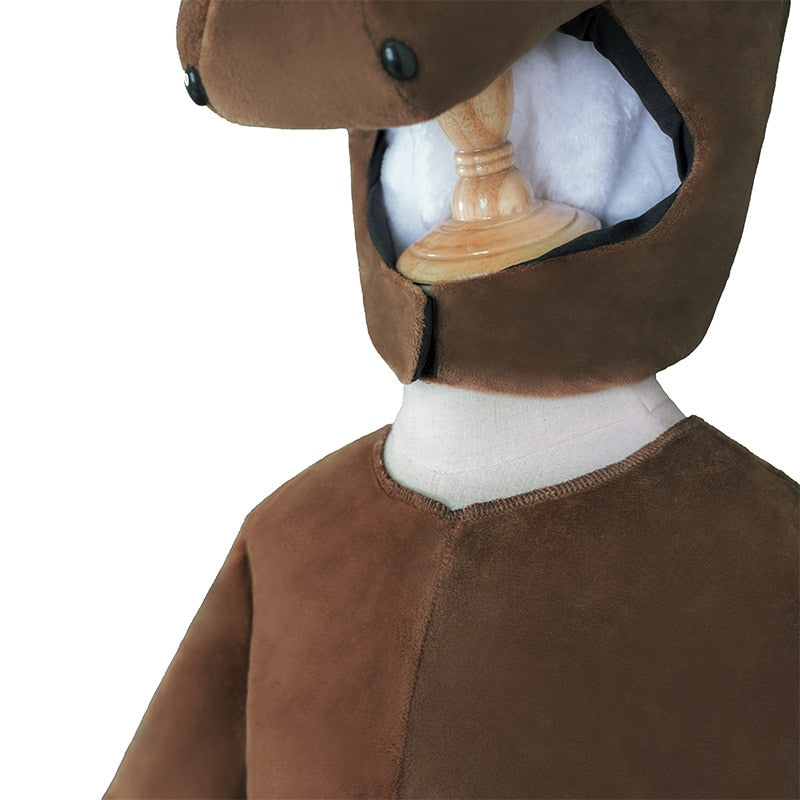
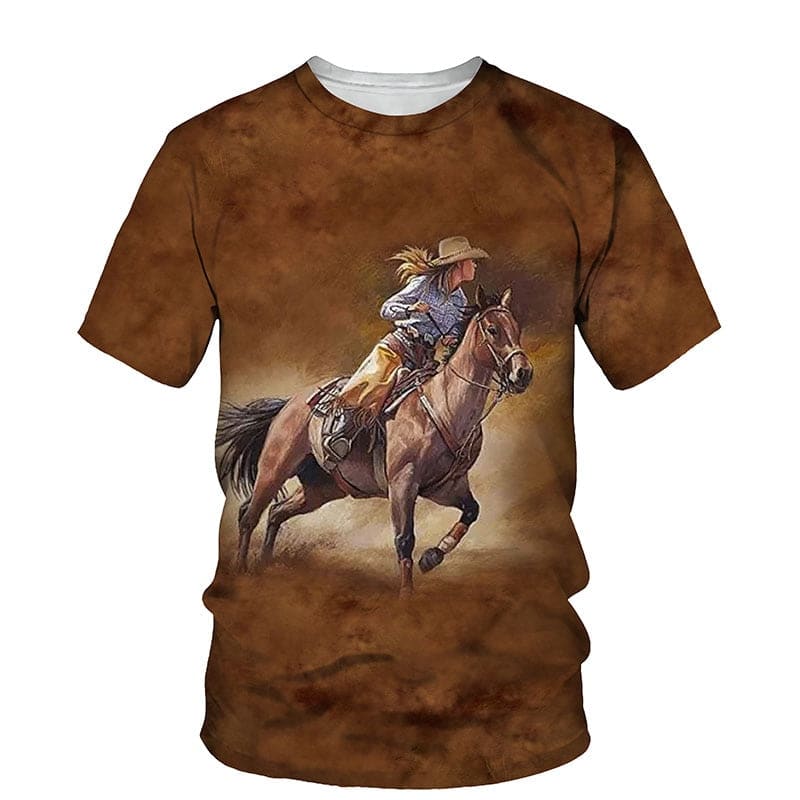

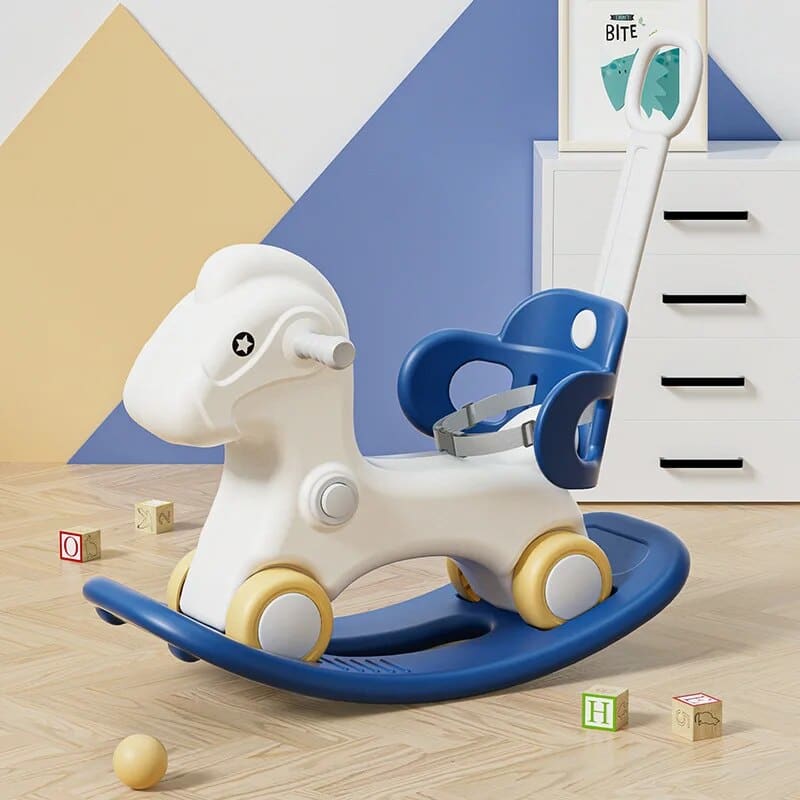
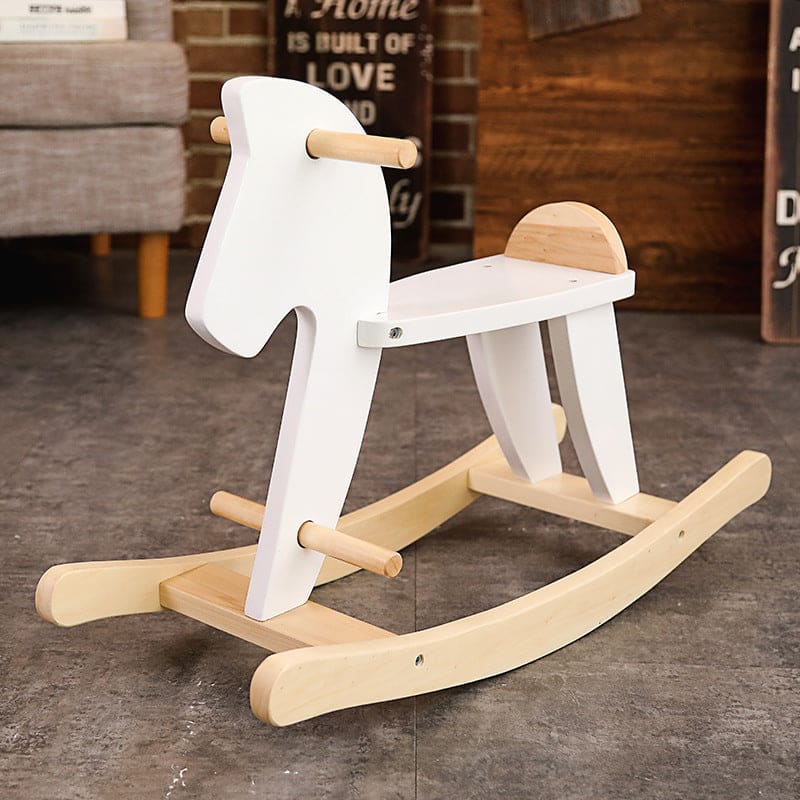

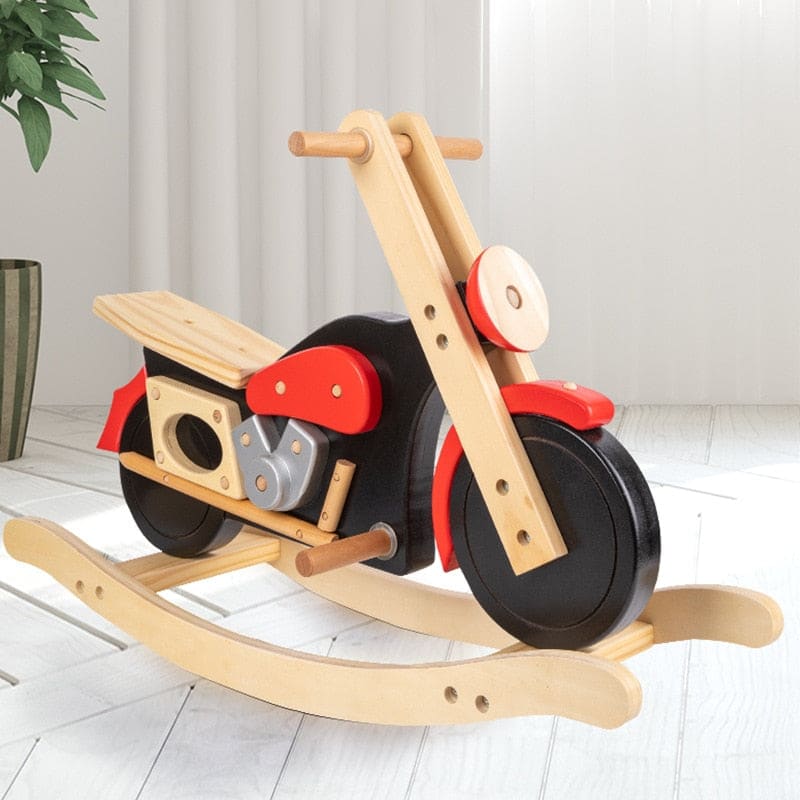
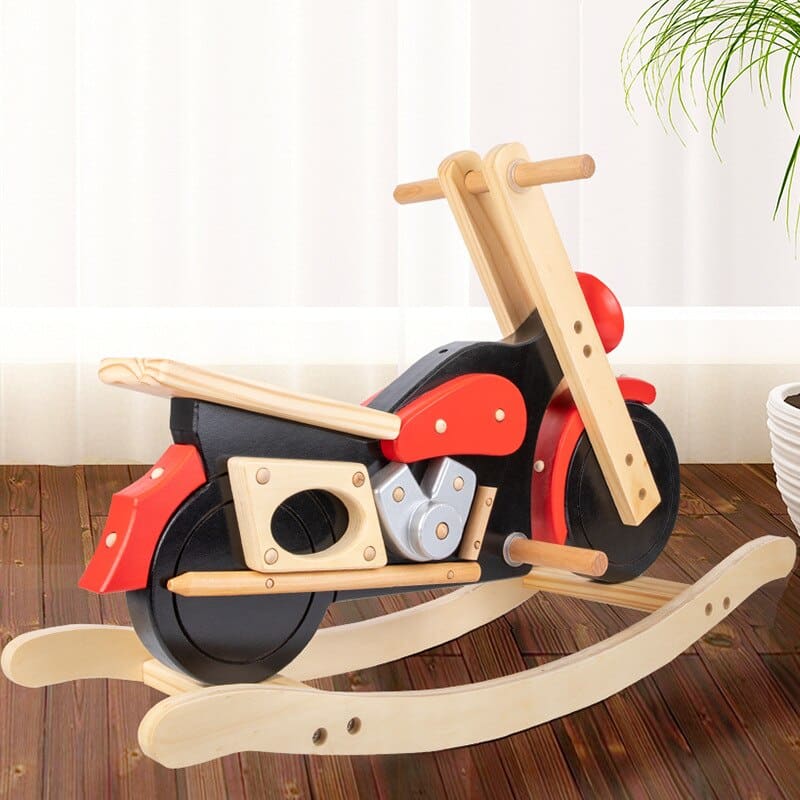

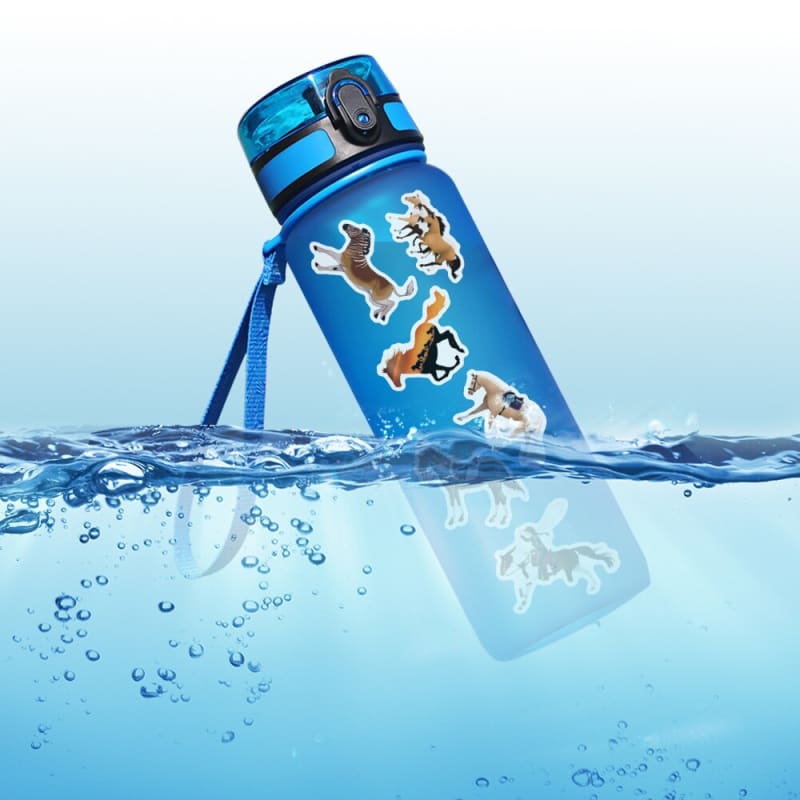
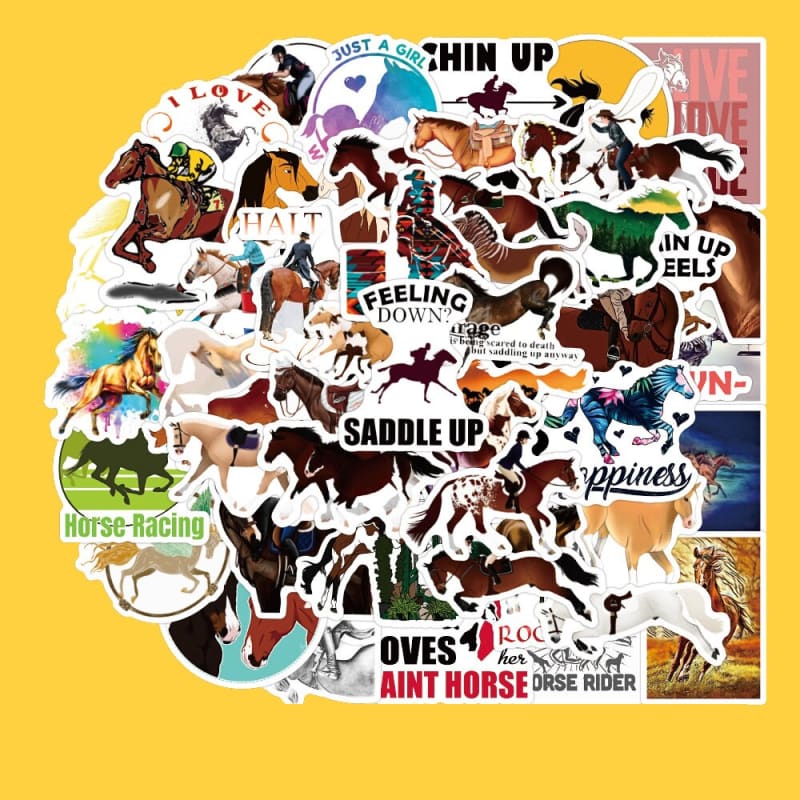

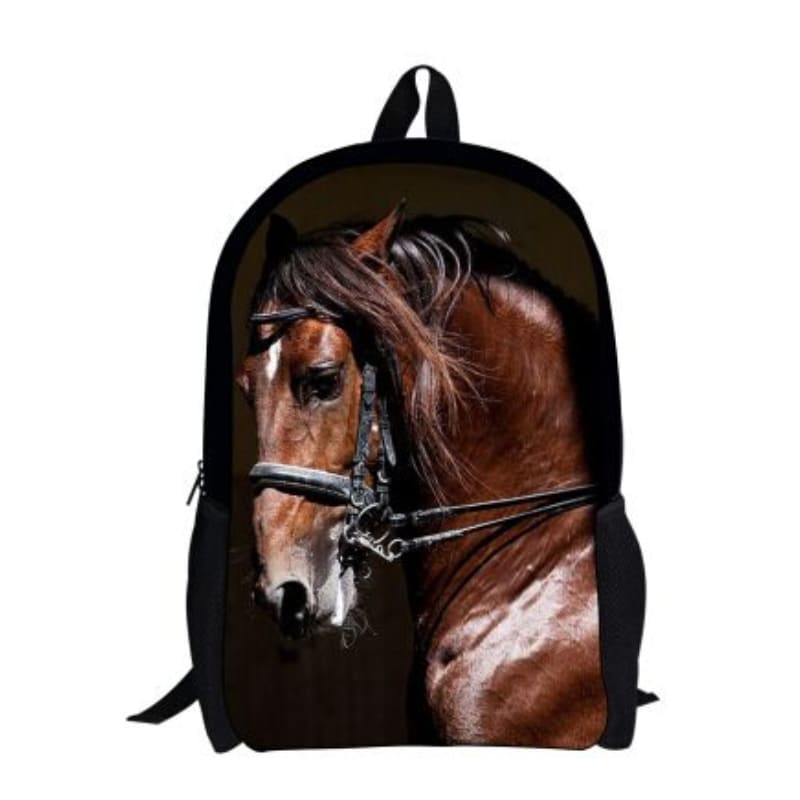


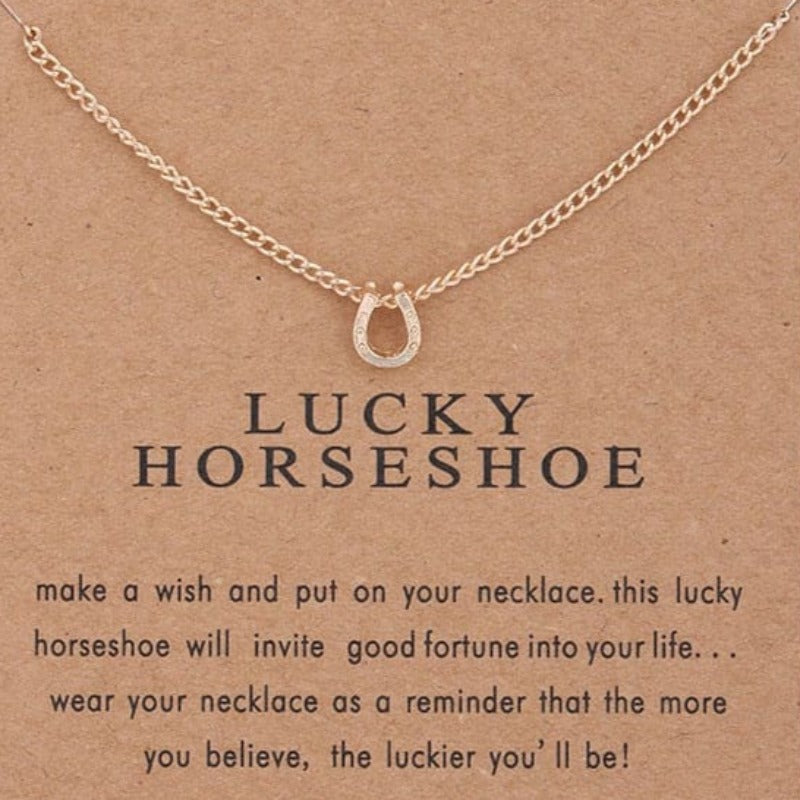
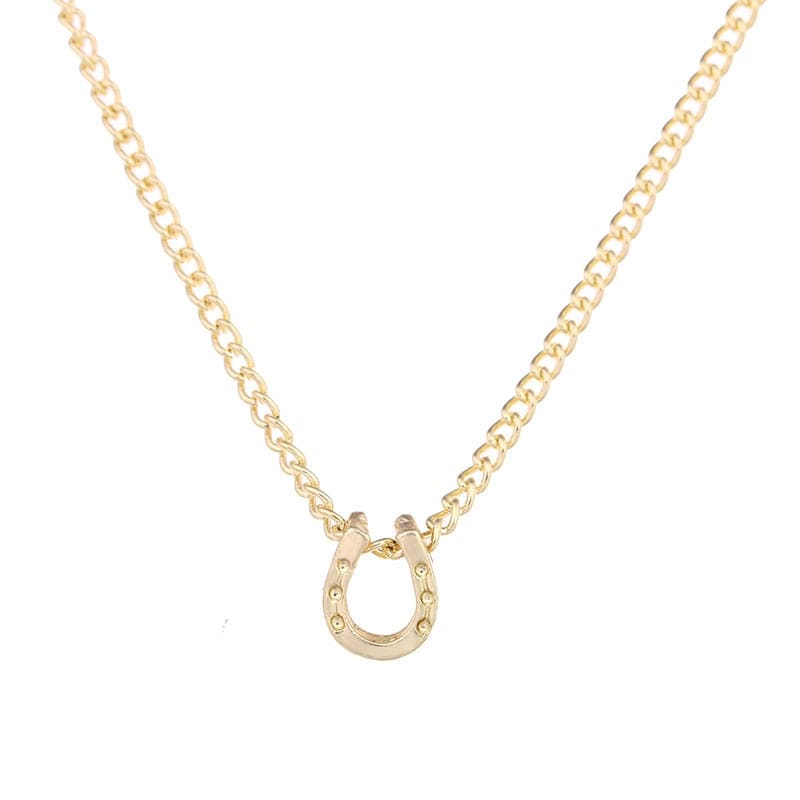

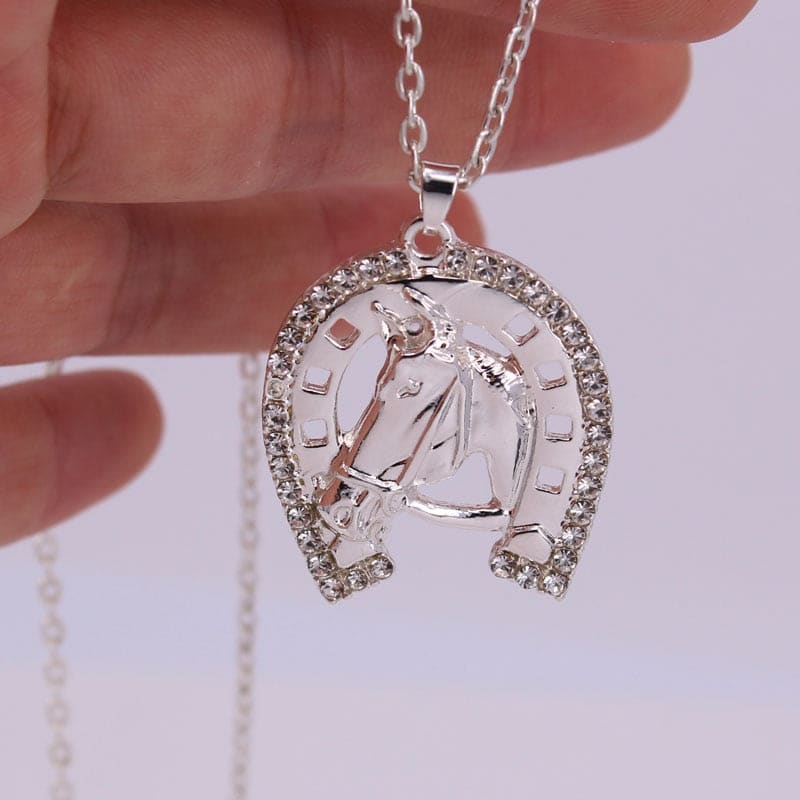

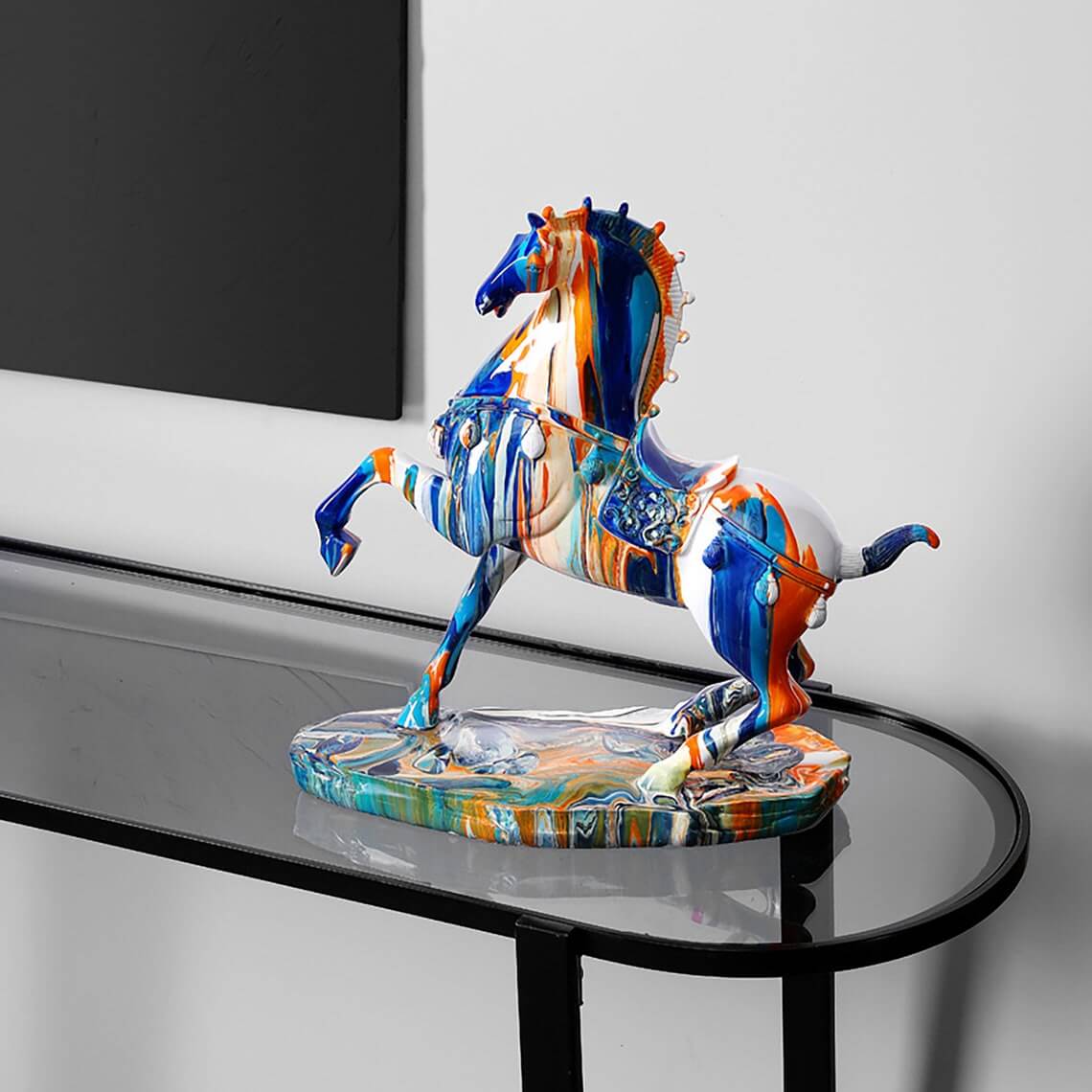




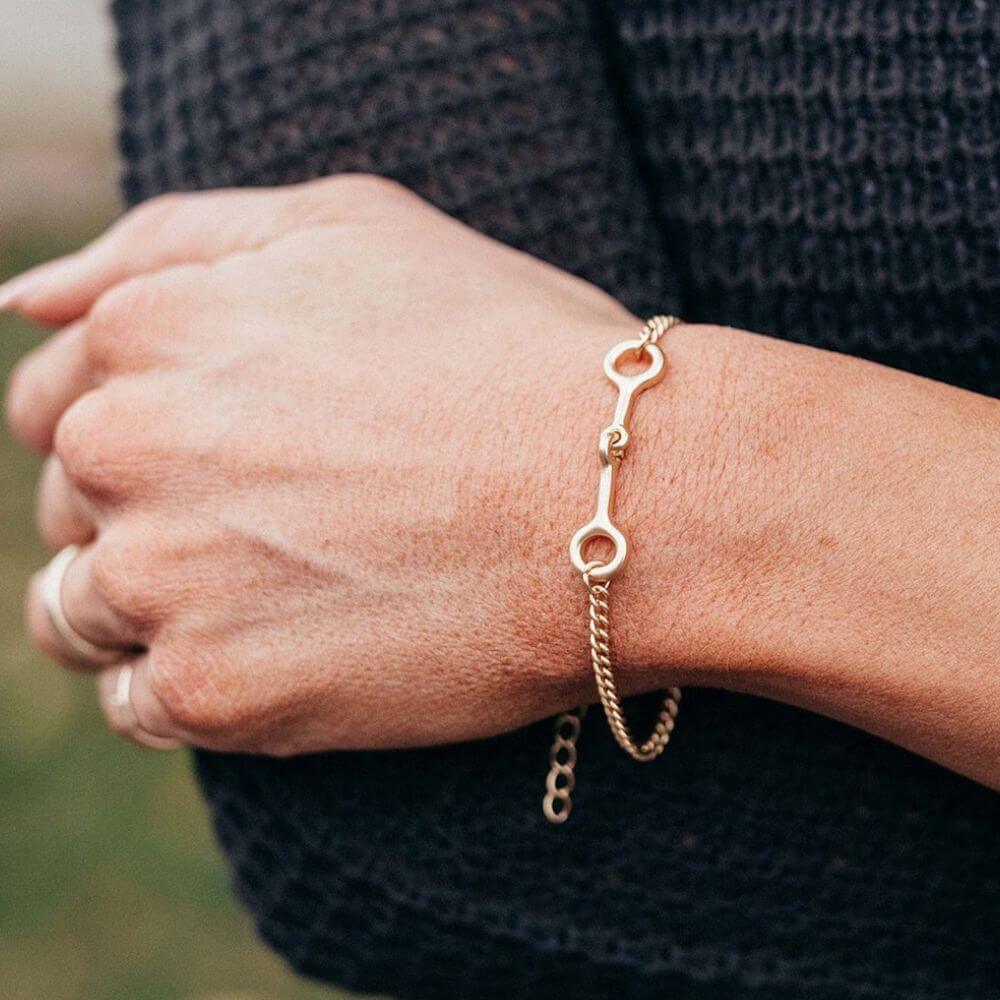


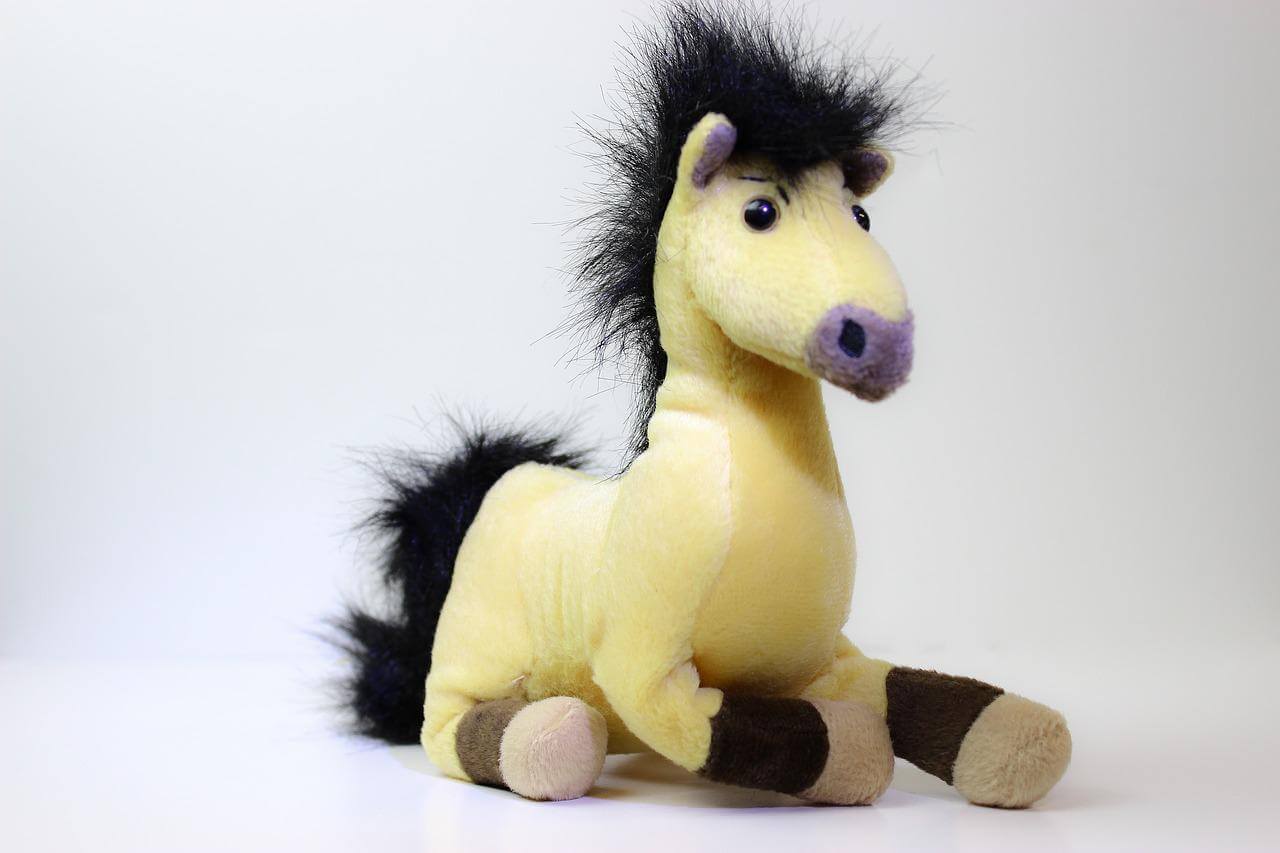
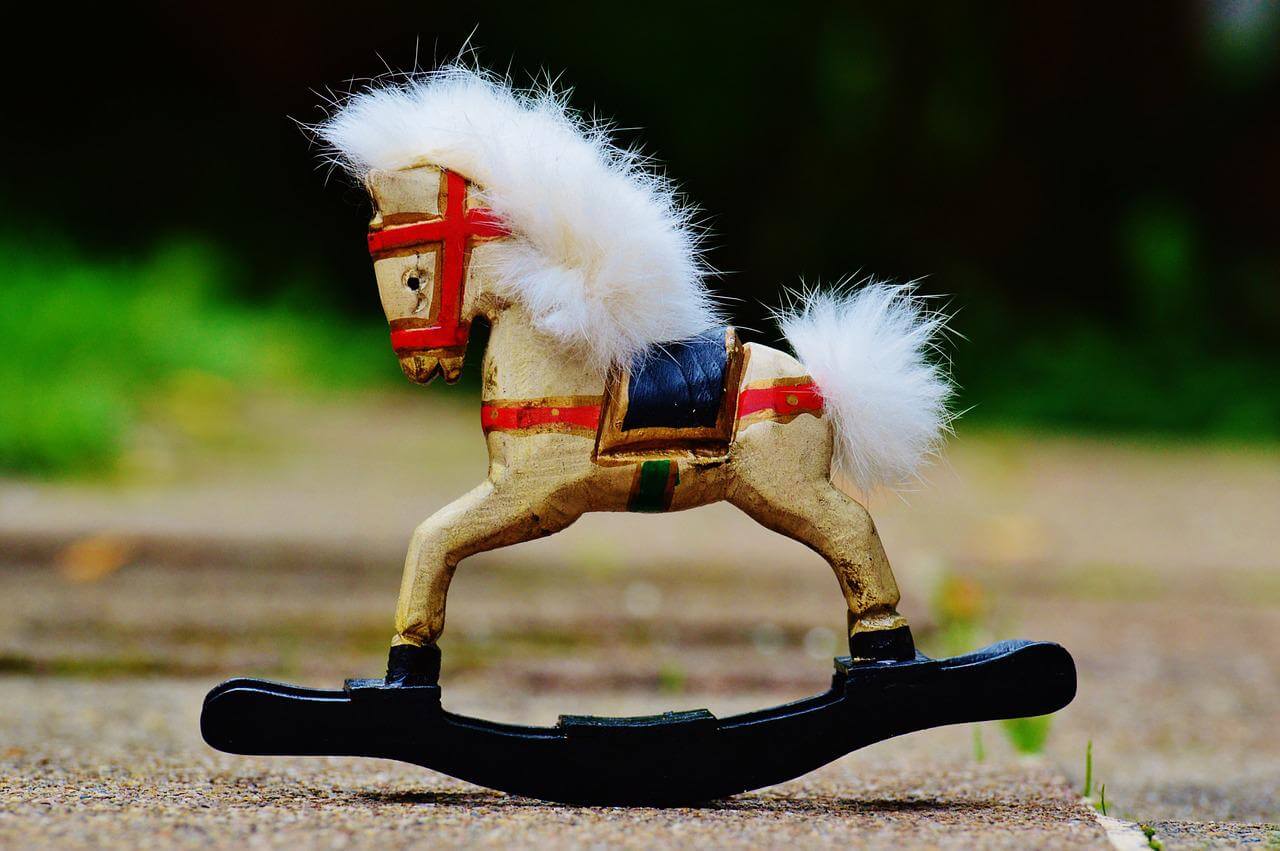
Leave a comment
All comments are moderated before being published.
This site is protected by reCAPTCHA and the Google Privacy Policy and Terms of Service apply.